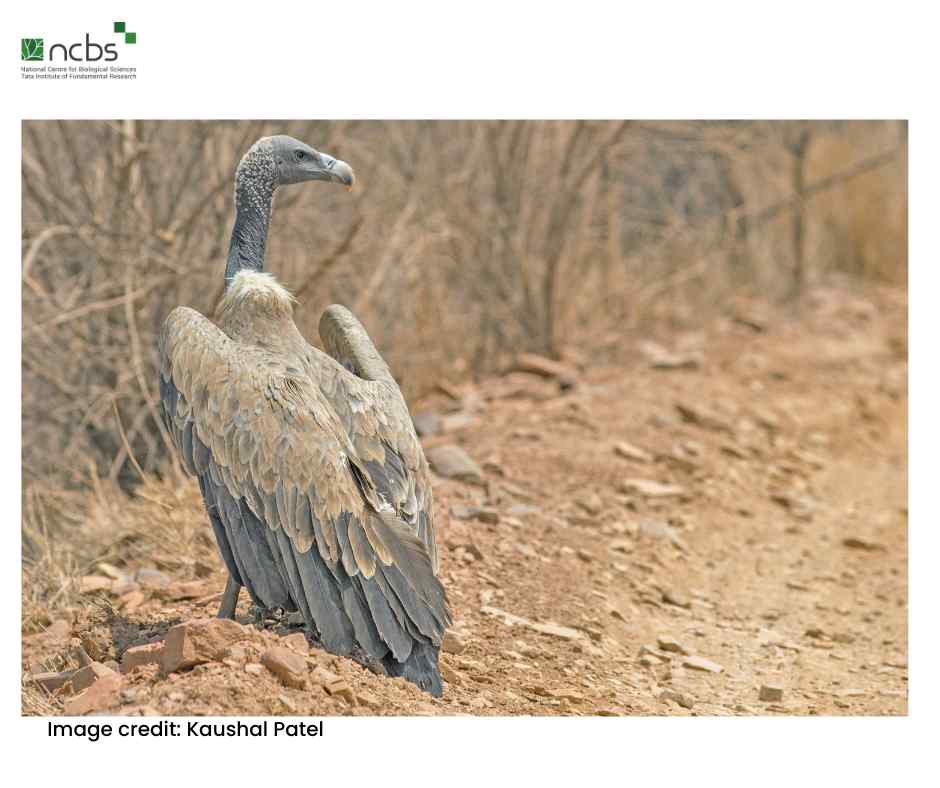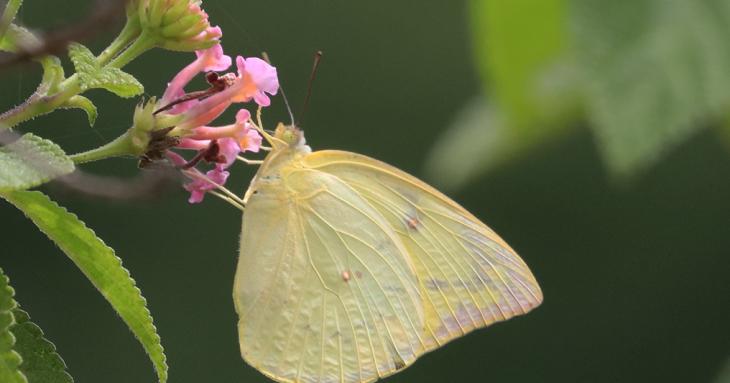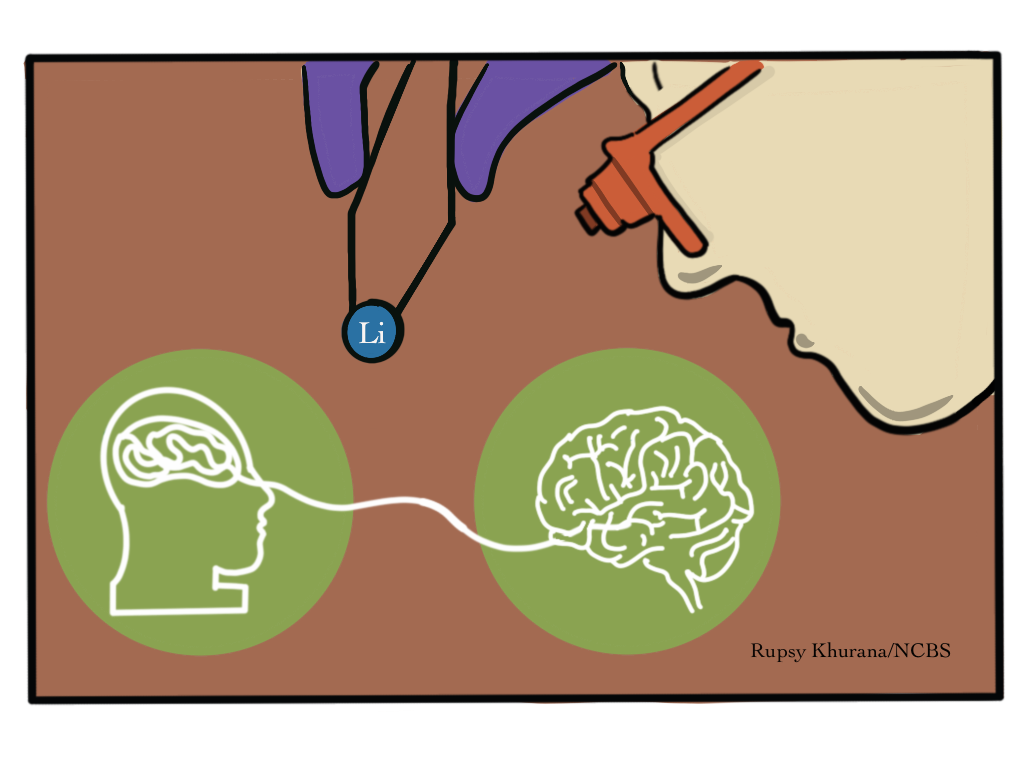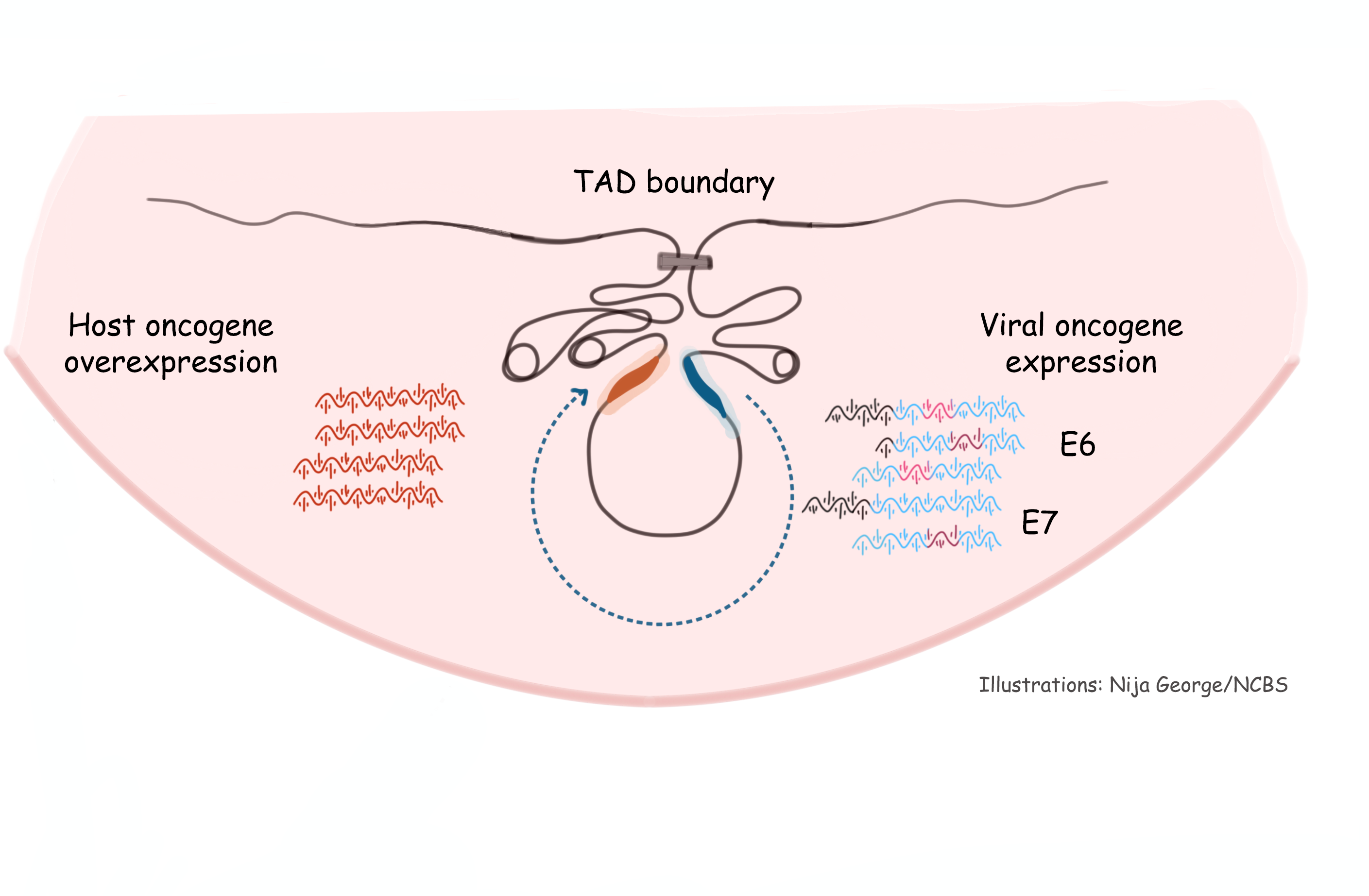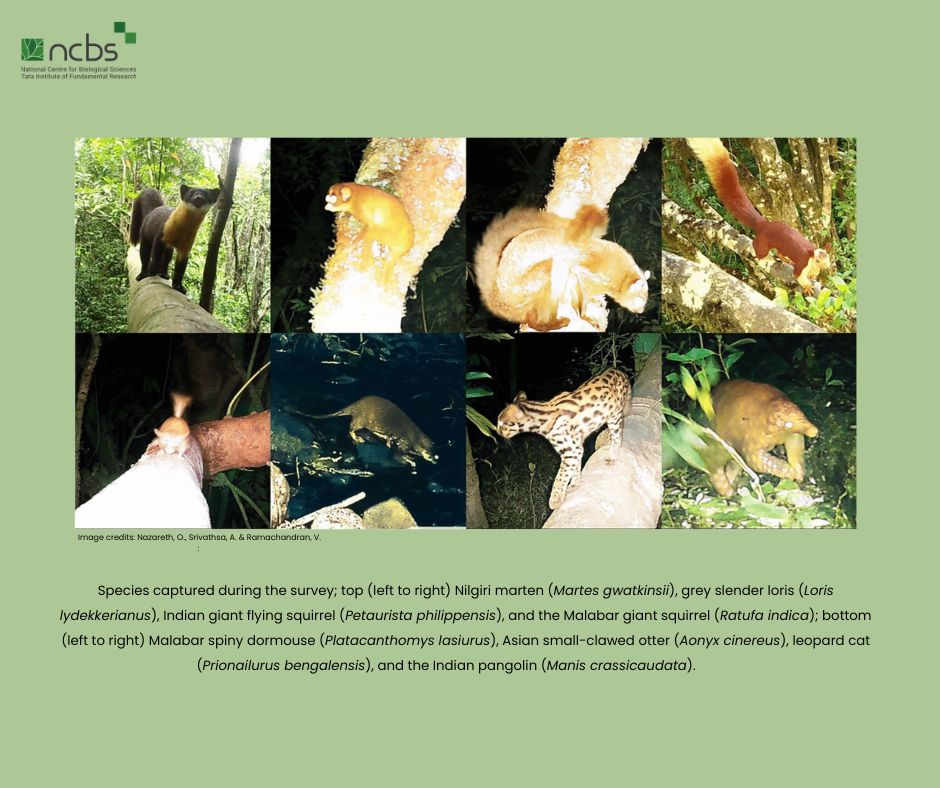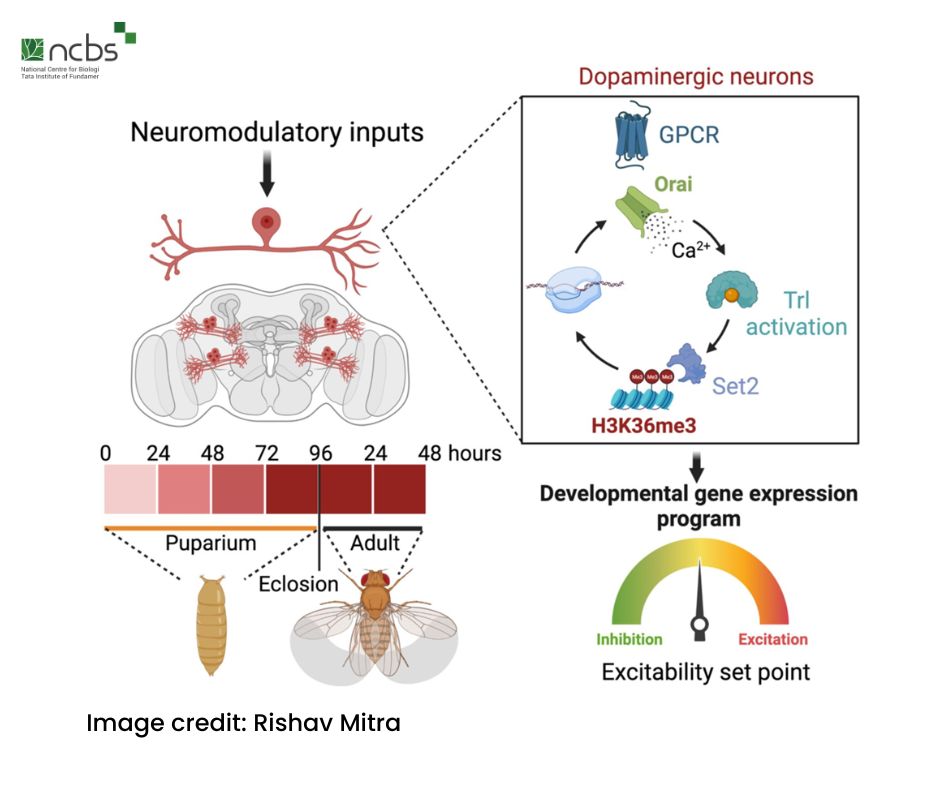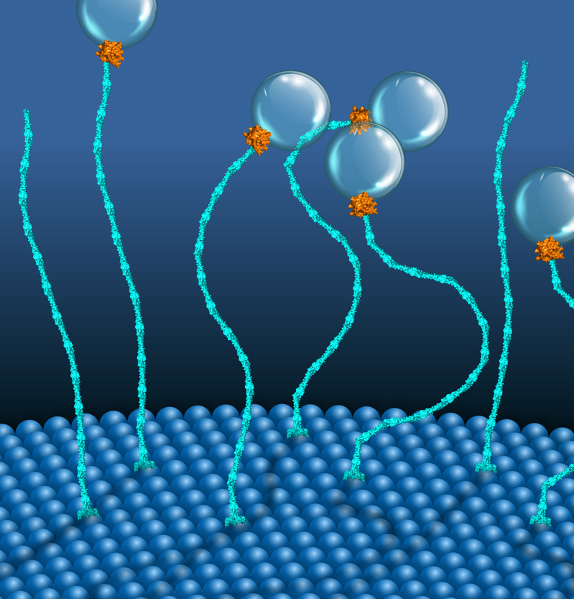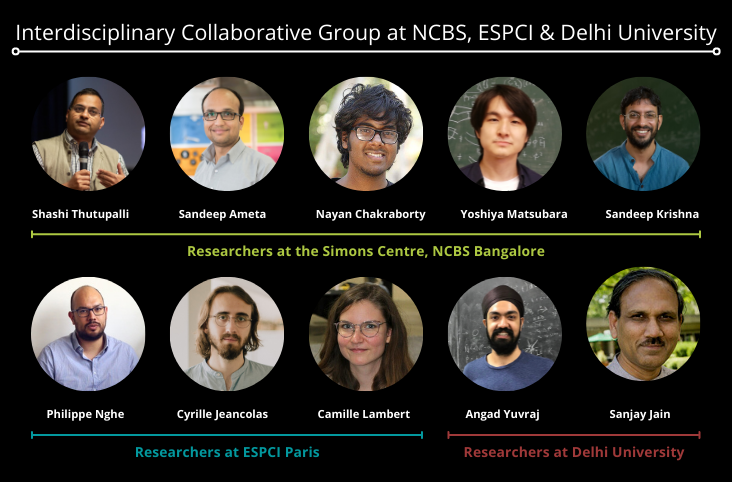-
Understanding Endangered Vulture Diets: Implications for Conservation Strategies
A new study, a first of its kind in the Indian subcontinent, has revealed how the diet composition of threatened vulture species varies across different landscapes. Using a novel metabarcoding technique, a team of scientists from National Centre for Biological Sciences (NCBS-TIFR), Bombay Natural History Society, Department of Zoology, University of Cambridge, Karnataka Vulture Conservation Trust, and Hume Centre for Ecology and Wildlife Biology, have been able to examine faecal samples from vultures, to identify the DNA of diet species whose carcasses the vultures likely consumed.
-
NEW APPROACHES FOR BUTTERFLY POPULATION MONITORING
A trio of researchers- Suman Attiwilli, Ravikanthachari and Krushnamegh Kunte, from the Biodiversity Lab at NCBS have tested and confirmed a new field technique to monitor butterfly populations, that is more effective and less complex than the ones that are more widely used. The study titled “A Comparison Between Time-Constrained Counts and Line Transects as Methods to Estimate Butterfly Diversity and Monitor Populations in Tropical Habitats” is published in the journal Insect Conservation and Diversity.
-
New Clues on Precision Medicine for Bipolar Disorder
“This morning I saw the countryside from my window a long time before sunrise, with nothing but the morning star, which looked very big”, writes Van Gogh in a letter to his brother, Theo. The famous oil-on-canvas painting ‘Starry Night’ was inspired by this view from the window of Saint-Paul-de-Mausole asylum in southern France where he spent the year 1889. He suffered from mental illness most of his life.
-
HPV DNA integration drives oncogene overexpression through rewiring of 3D chromatin interactions
Human papillomavirus (HPV) infection is the major causative agent of cervical cancers.
-
TESTING THE USE OF CAMERA TRAPS IN TREE CANOPIES TO DOCUMENT ARBOREAL SPECIES
The Western Ghats rainforests harbor many elusive and rarely spotted species such as the Nilgiri Marten and the Malabar Spiny Dormouse among many others. However, information on such elusive or rare species are limited, making it difficult for scientists and researchers to study and conserve them.
-
Shifting the Balance
How mutation spectra reversals increase the odds of evolutionary success
-
Alternative fuel for string-shaped motors in cells
Researchers from Bangalore and Dresden discover a unique two-component molecular motor that uses a kind of renewable chemical energy to pull vesicles toward membrane-bound organelles.


